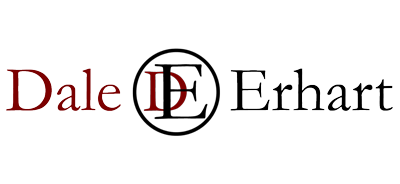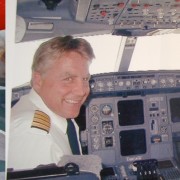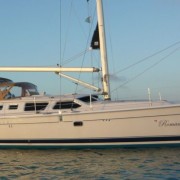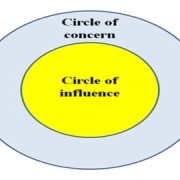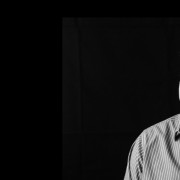Pilot Uniforms
Do you know the reason for the airline pilot uniform – and a hat?
I did some research on uniforms. After all, I spent most of my professional life in one. Air Force, airlines and even the unique executive business jet uniforms were either in my closet, in my suitcase or on my back for as long as I can remember.
(Oh – the laundry too, I guess?)
My final career outfit was unique. A VVIP Pilot. No hat, no tie. Black on black with black accessories. Or as once explained to me; Ralph Lauren meets Hugo Boss in a sort of Nightclub Bouncer kind of way. It was comfortable, discreet and very sharp, especially for our crews that had a 29 inch waste. Regrettably, that number departed my wardrobe more than 30 years ago.
Still, a uniformed pilot will always be present – and for many good reasons. The objectives of Military uniforms include creating a sense of unity and belonging.
However, for other professions such as Police, Fire Fighters and Ship Captains or Aircraft Commanders, the objective is primarily to display authority, professionalism, confidence and for their customers – trust.
We are social animals and certain images trigger a gut response. The objective in this standardized clothing choice is to provide a level of comfort and respect to the observer. Seeing a properly uniformed pilot with an image of professionalism gives passengers that needed feeling of security that their lives are in good hands.
If that is true, then how would they feel about viewing a poorly fitted and improperly warn uniform and what gut feel might that invoke? This isn’t a discussion about pride and hygiene, but about the fundamental needs of the customer. For the Airlines, it is about business. In your business, does appearance have any impact on your customers trust in you? It is something we should all think about if we are to persuade our customers to be comfortable with our services.
Next… What about that first public announcement as an Airline pilot?
